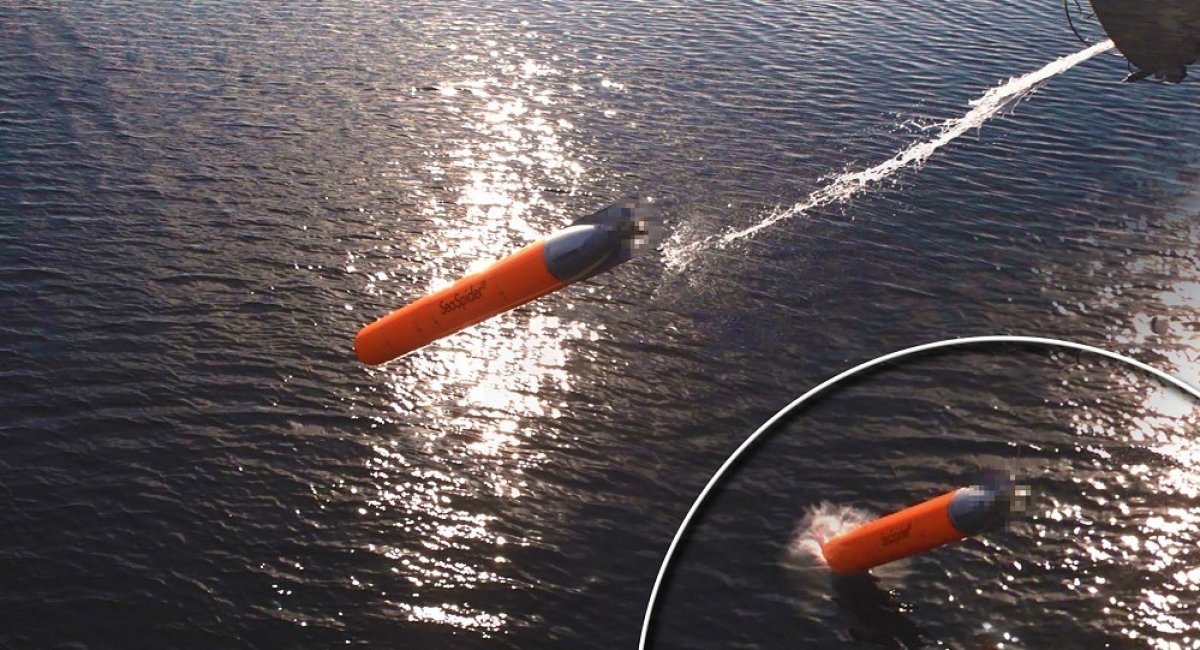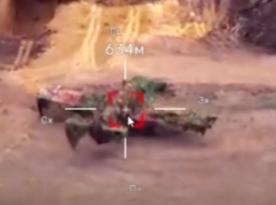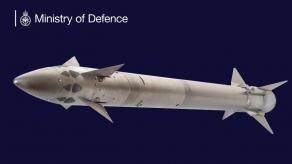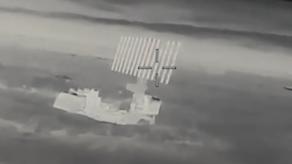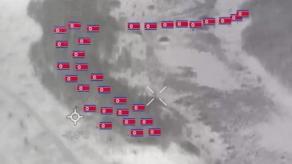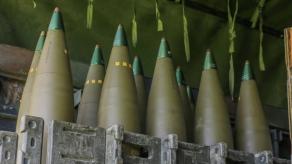A recent letter from the Dutch Ministry of Defence to Parliament in The Hague outlines plans to field a hard-kill system for neutralizing incoming torpedoes and underwater drones. According to the document, the project will require investments between €250 million and €1 billion over the 2025–2039 timeframe.
The system in question is almost certainly the SeaSpider, developed by Germany’s Atlas Elektronik. The demonstrator version is expected to reach series production readiness by 2028, with deliveries to the Royal Netherlands Navy scheduled to begin in 2029, according to Naval News.
Read more: North Korea Outpaces russia, Builds Second Choe Hyon-Class Destroyer a Month After Launching First
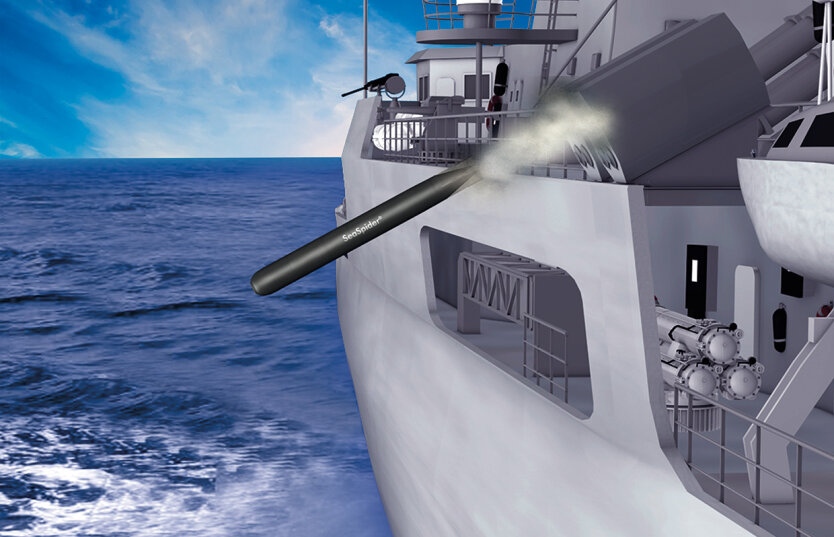
Unlike most existing torpedo countermeasure systems that rely on soft-kill methods, such as decoys that distract the incoming weapon, SeaSpider is a hard-kill solution. It launches a miniature interceptor torpedo (AT) that physically destroys the incoming threat.
The SeaSpider is a small, 1.94-meter-long, 210-mm caliber torpedo. It is equipped with inertial guidance and acoustic sensors, allowing it to detect and engage even low-noise torpedoes.
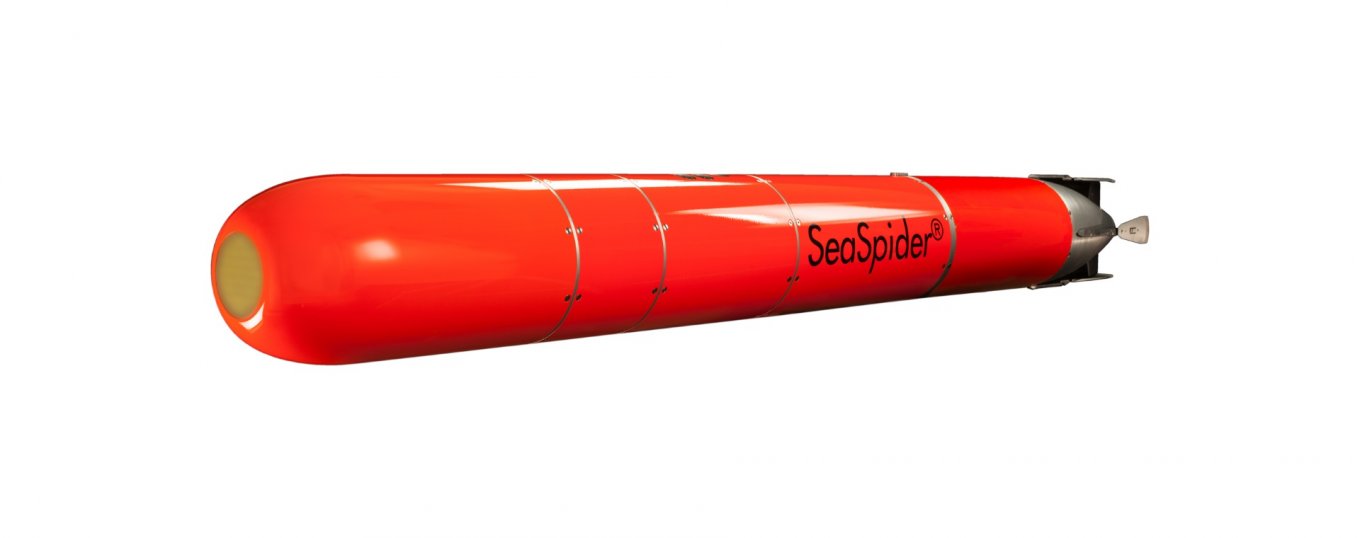
Propulsion is provided by a solid-fuel rocket motor, which activates upon water contact and allows the interceptor to rapidly accelerate to a combat speed of around 50 knots, critical when mere seconds separate a ship from impact. While its exact range is undisclosed, it is believed to be around 1.5 kilometers.

SeaSpider integrates with a ship’s or submarine’s sonar suite. Once an incoming torpedo is detected, the system launches the interceptor. Upon hitting the water, the AT activates its onboard sensors and propulsion. Once close enough to the threat, it detonates its warhead and neutralizes the target. The system successfully intercepted a test torpedo during trials in 2018.
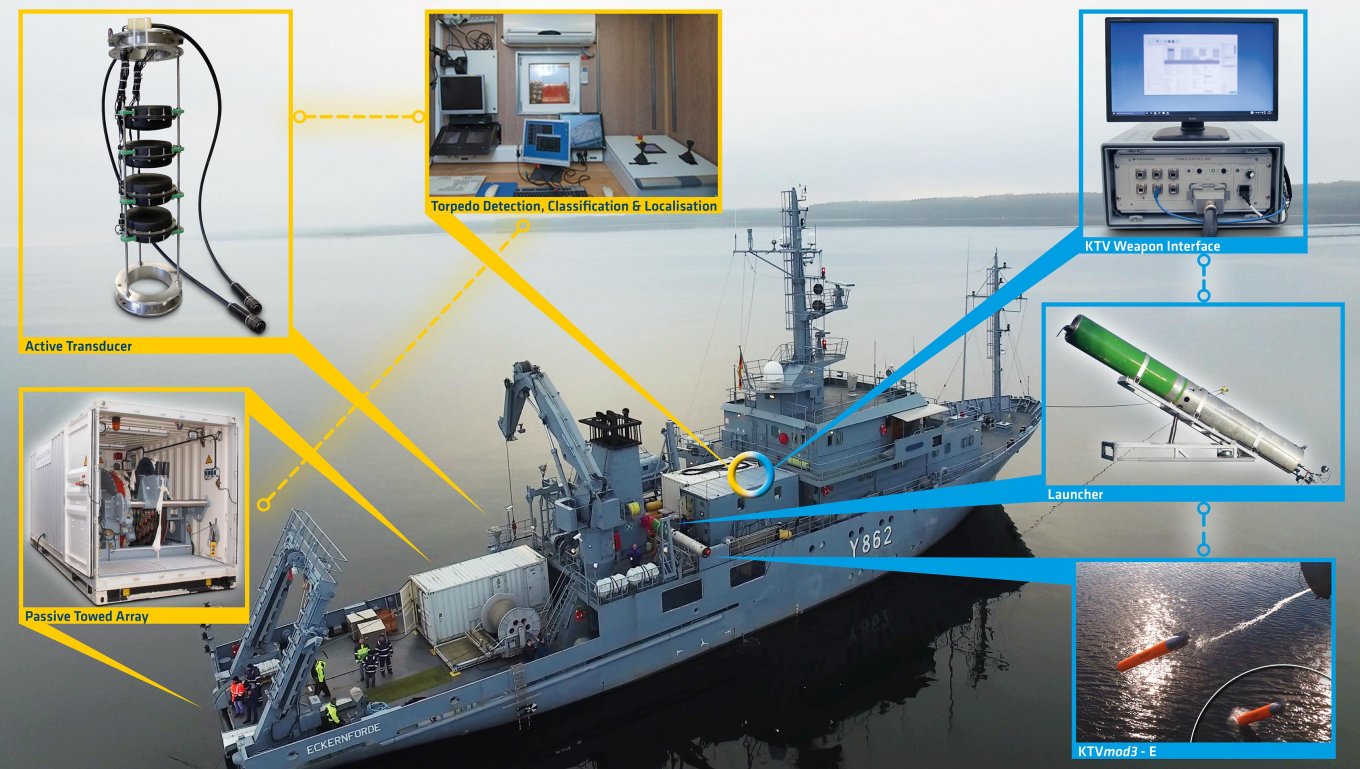
It’s worth noting that SeaSpider isn’t the first anti-torpedo system in the world. The U.S. once pursued a similar capability through Raytheon’s anti-torpedo program intended for aircraft carriers, but that effort was cancelled in 2019.
Meanwhile, russia has fielded its own hard-kill system – the Paket-NK. It can carry two types of torpedoes: the MTT for anti-submarine warfare, and the M-15 for anti-torpedo defense. The design shares conceptual similarities with SeaSpider but is significantly larger, with a 324-mm caliber. Developed since the late 1990s, Paket-NK officially entered service in 2019.
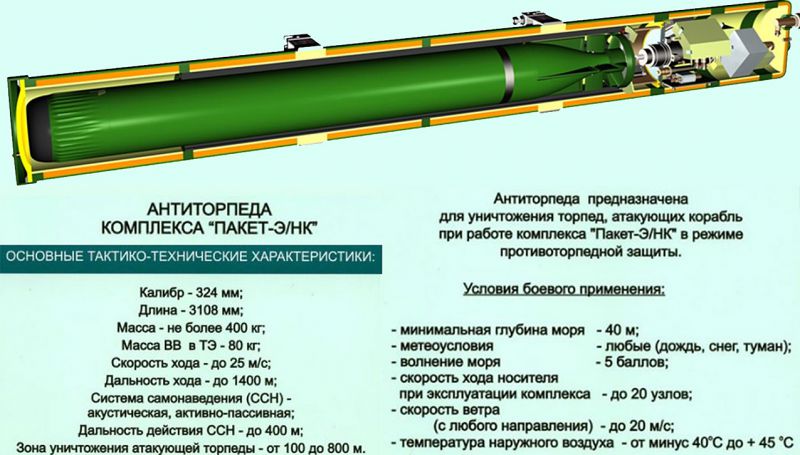
Read more: How Large a Naval Drone Must Be to Carry Four AIM-9 Missiles and a 12.7mm Machine Gun




